
In the fight against climate change, protecting America’s top predators—like bobcats and wolves—might seem unconventional, yet it’s crucial. These species play key roles in maintaining healthy forests, which are essential for carbon sequestration. By controlling prey populations and preventing overgrazing, predators foster natural reforestation processes that outperform artificial methods. Integrating predator conservation into climate strategies not only restores ecosystems but also addresses broader environmental challenges. Here’s how these guardians of the wild contribute to a sustainable future and why their protection is vital.
Maintaining Balance in Ecosystems
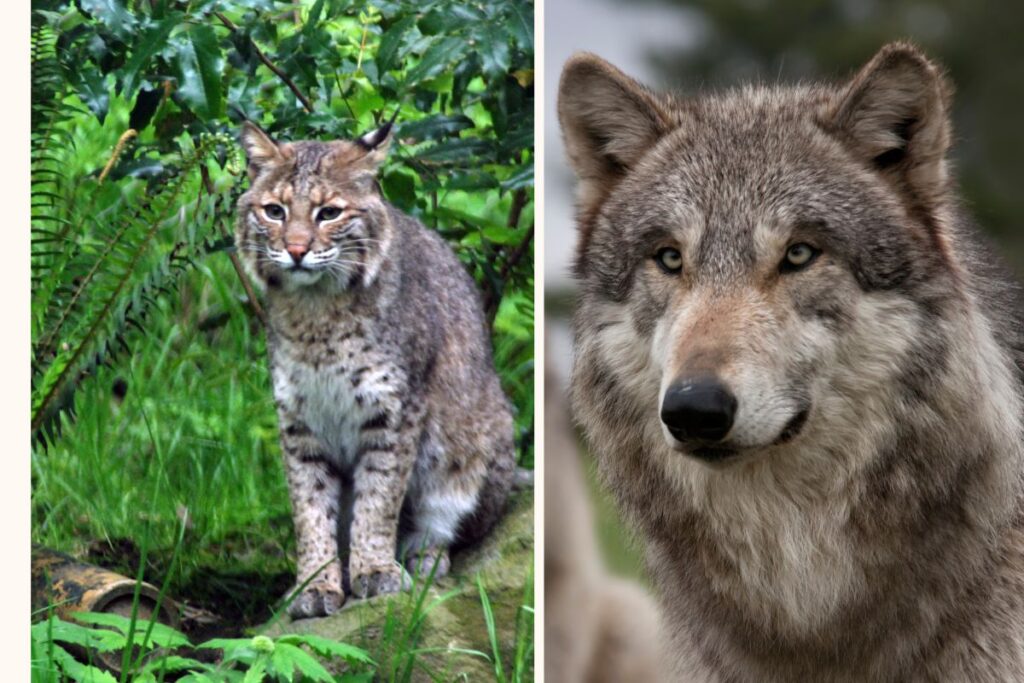
Predators regulate herbivore populations, preventing overgrazing. This ensures that forests and grasslands remain healthy, which aids in carbon storage.
Promoting Forest Regrowth

By reducing deer and elk numbers, predators give young trees a chance to grow. This natural reforestation is crucial for absorbing carbon dioxide.
Enhancing Biodiversity

Healthy predator populations create a balanced ecosystem, supporting diverse plant and animal species. This biodiversity boosts ecosystem resilience and carbon sequestration.
Reducing Wildfire Risks
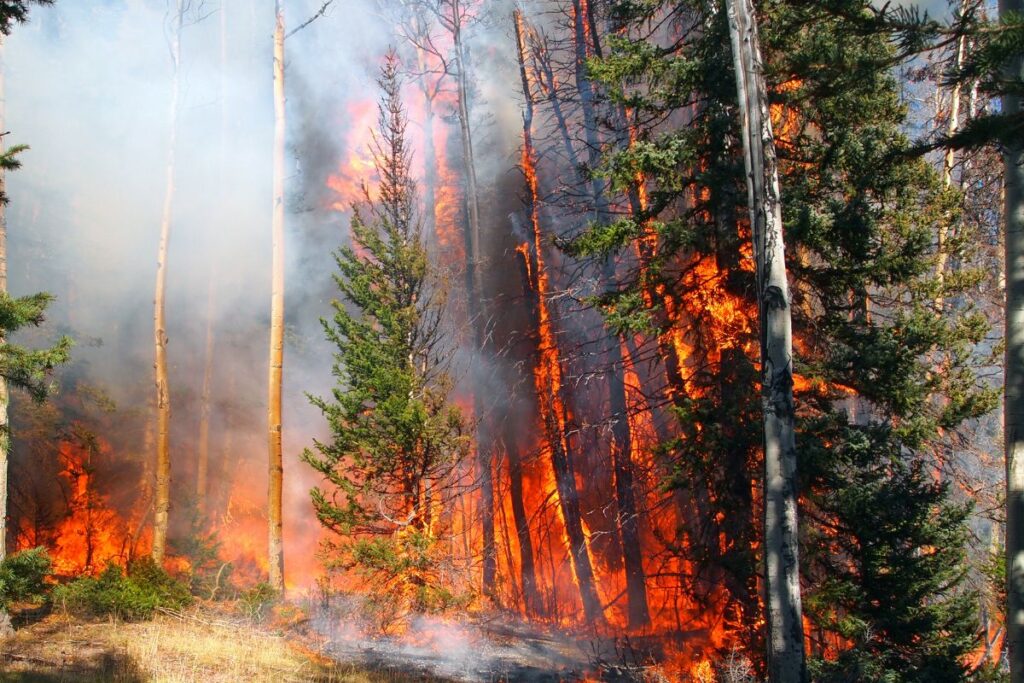
Predators indirectly control underbrush growth by managing herbivore populations. Less dense underbrush lowers wildfire intensity and frequency, preserving carbon stored in mature trees.
Preventing Soil Erosion
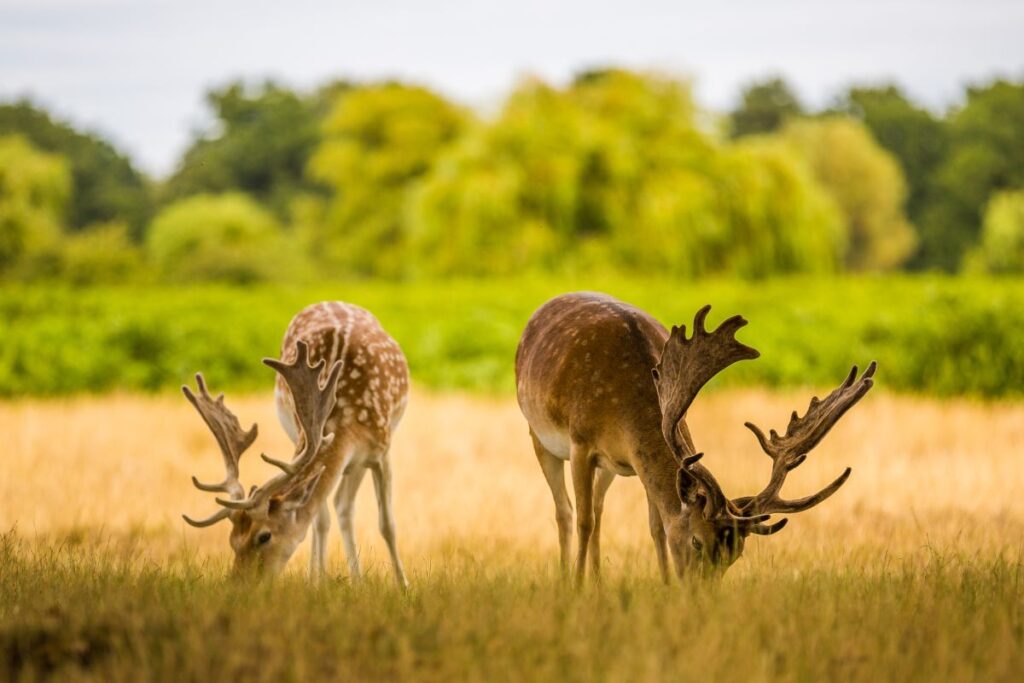
Overgrazing strips soil of vegetation, making it prone to erosion. Predators help maintain plant cover, which stabilizes soil and prevents carbon loss from exposed earth.
Restoring Riparian Zones

In places like Yellowstone, wolves have helped restore riverbanks by controlling elk numbers. This reduces erosion and increases vegetation, which acts as a carbon sink.
Reducing Human-Wildlife Conflicts
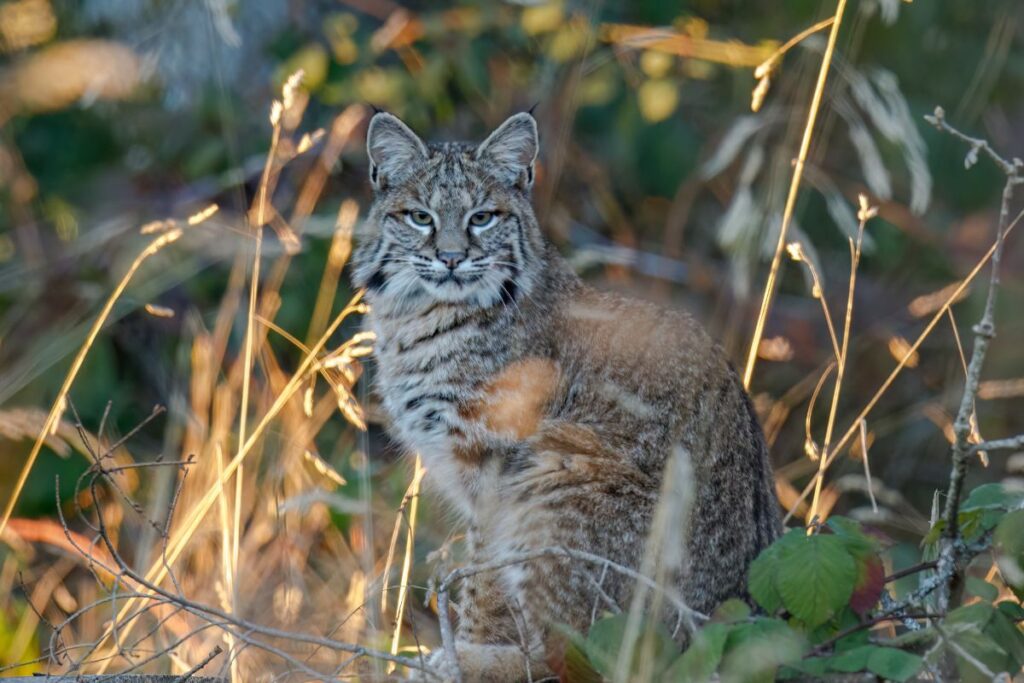
Balanced ecosystems mean fewer large herbivores venturing into farmland, reducing the need for deforestation and protecting natural habitats.
Supporting Natural Decomposition Processes

Scavengers, like coyotes, recycle nutrients more efficiently than decomposition alone. This enhances soil quality, promoting healthier forests that capture more carbon.
Boosting Aquatic Health
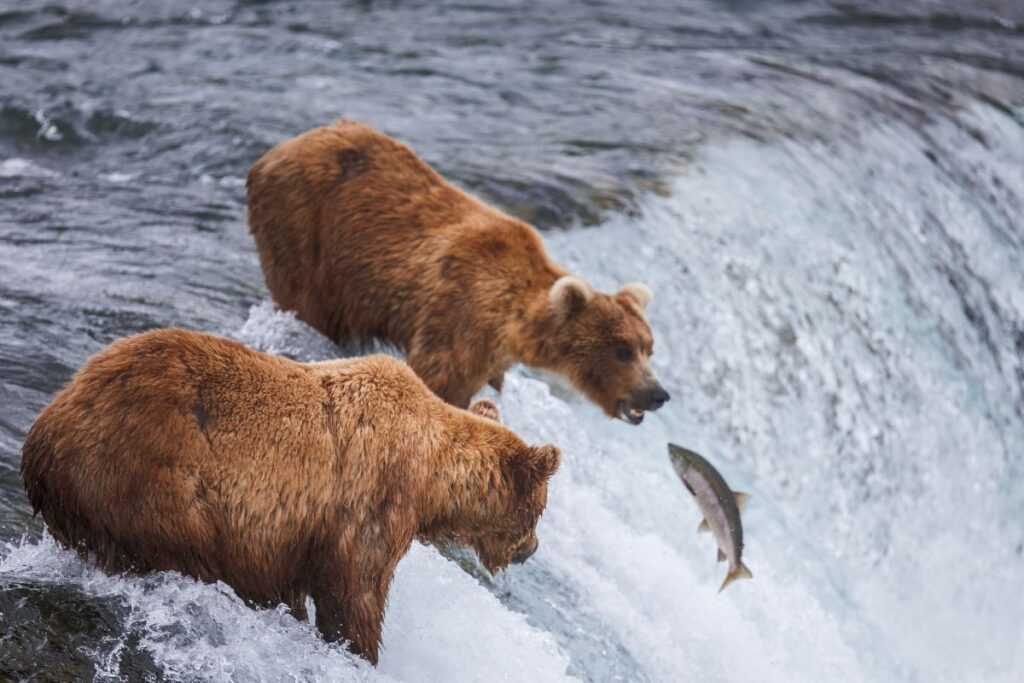
Predators like bears control salmon populations, ensuring more nutrients return to forests from fish remains. This strengthens forest ecosystems, enhancing their carbon storage potential.
Limiting Invasive Species
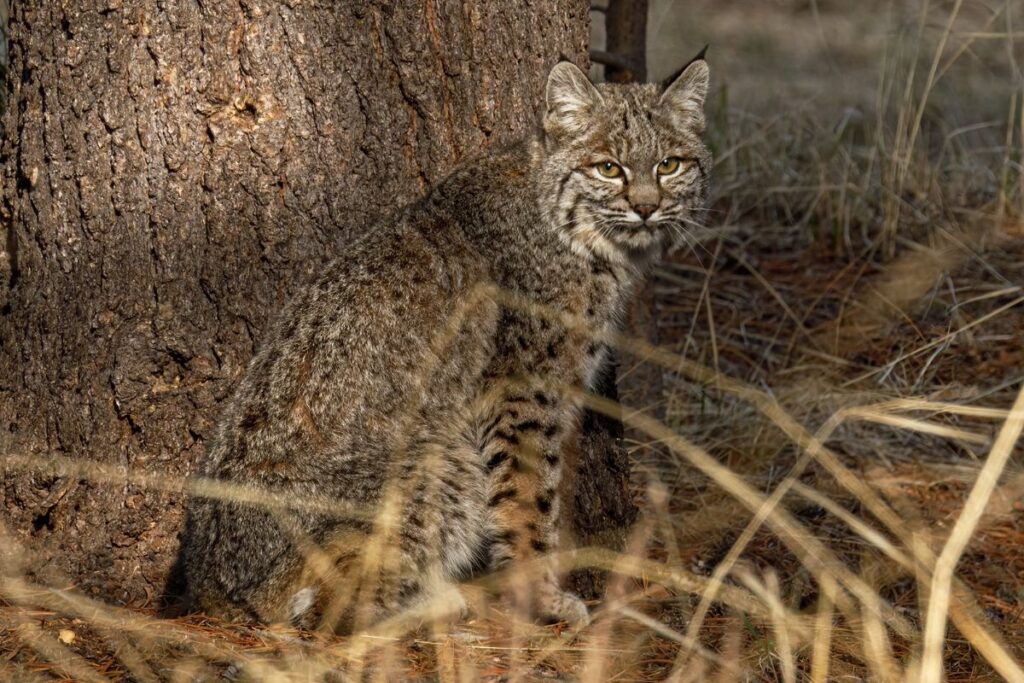
Top predators often keep invasive species in check, preserving native plant life. These native plants are often better adapted to sequester carbon in local environments.
Reducing Livestock Overdependence
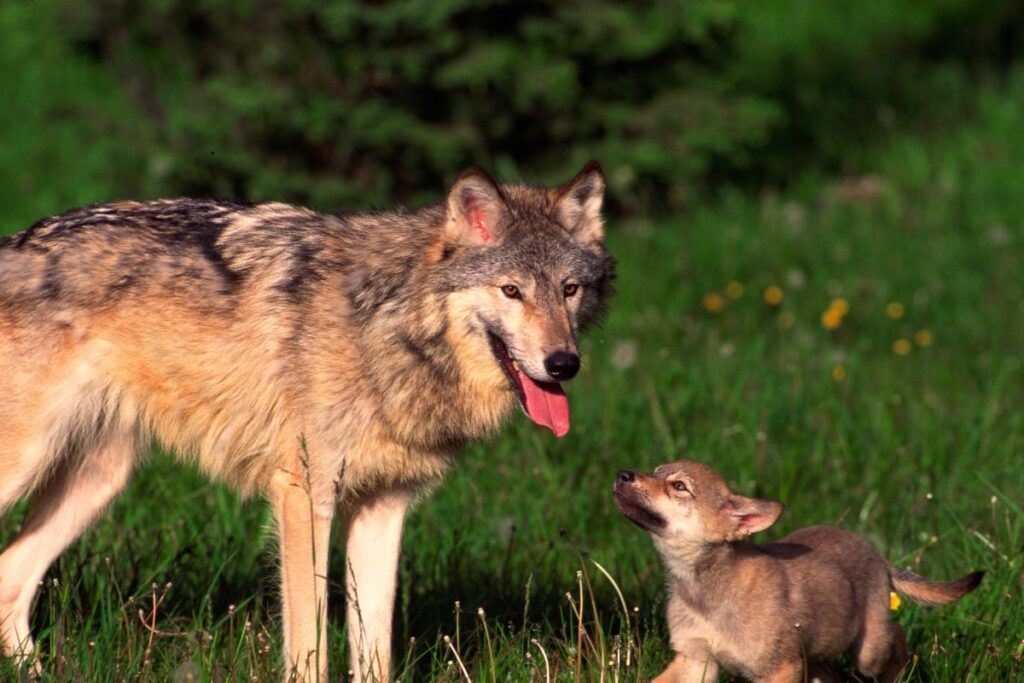
Robust natural ecosystems reduce reliance on livestock grazing. Livestock farming is a major emitter of greenhouse gases, so healthier forests can lower this dependence.
Enhancing Carbon Absorption in Grasslands

Predators also maintain grasslands by preventing overgrazing. Healthy grasslands are significant carbon sinks and prevent desertification.
Encouraging Holistic Land Management
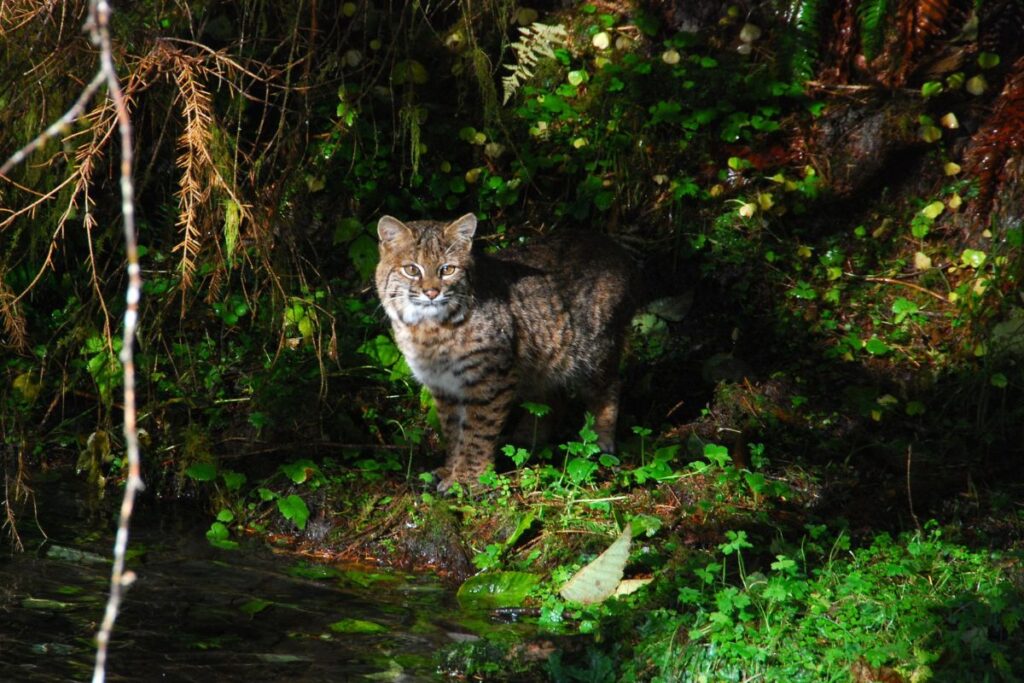
Protecting predators encourages conservation strategies that view ecosystems as interconnected units. This holistic approach leads to more effective long-term climate action and sustainable resource use.
Stay connected with us for more stories like this! Follow us to get the latest updates or hit the Follow button at the top of this article, and let us know what you think by leaving your feedback below. We’d love to hear from you!







